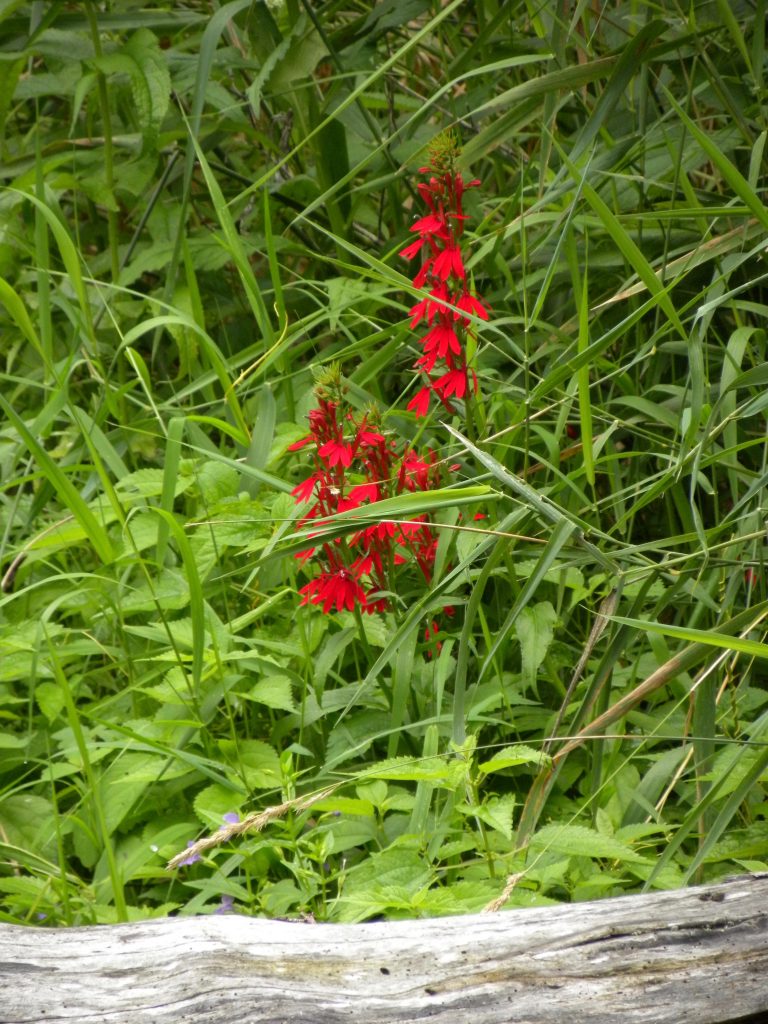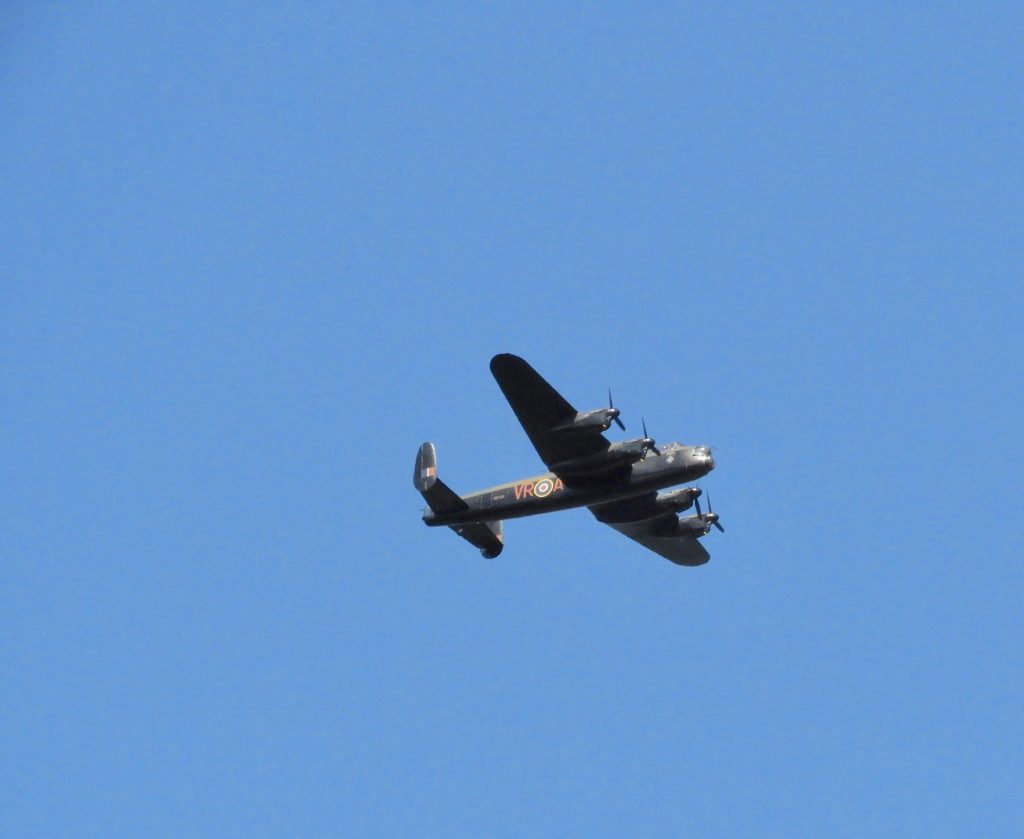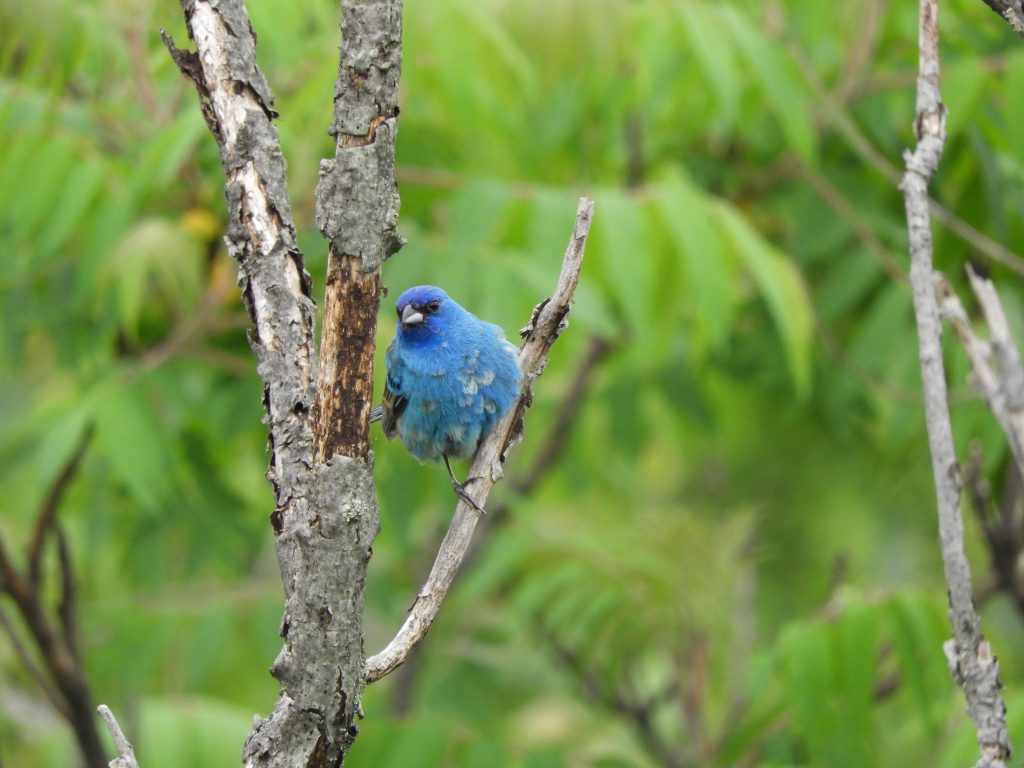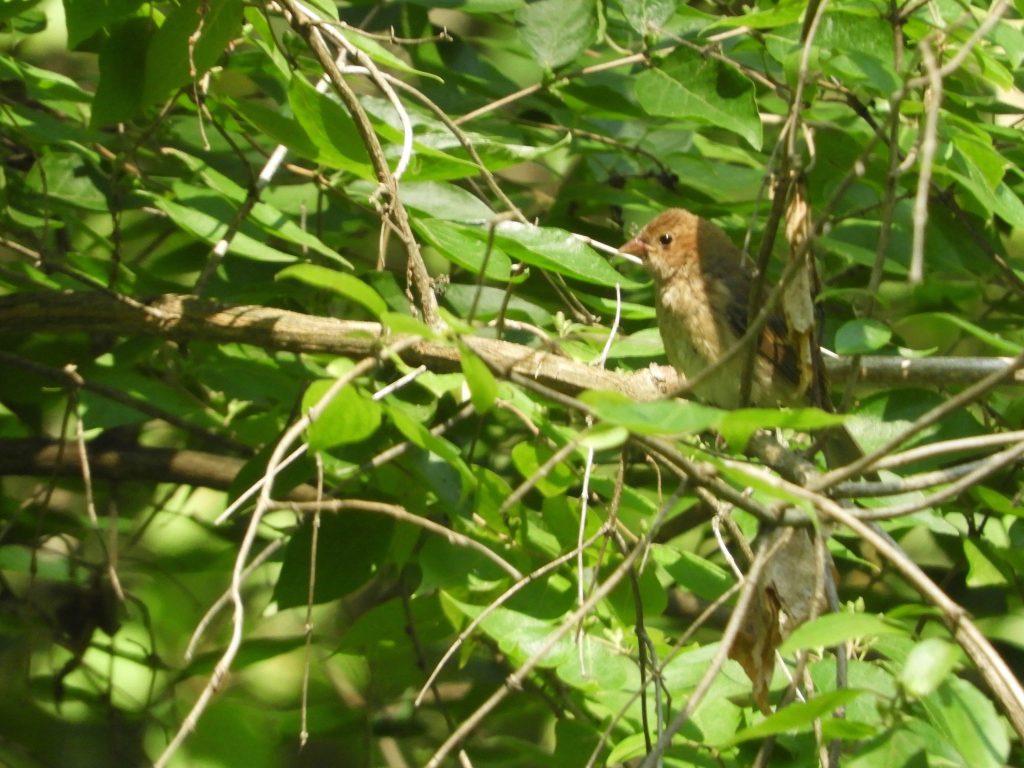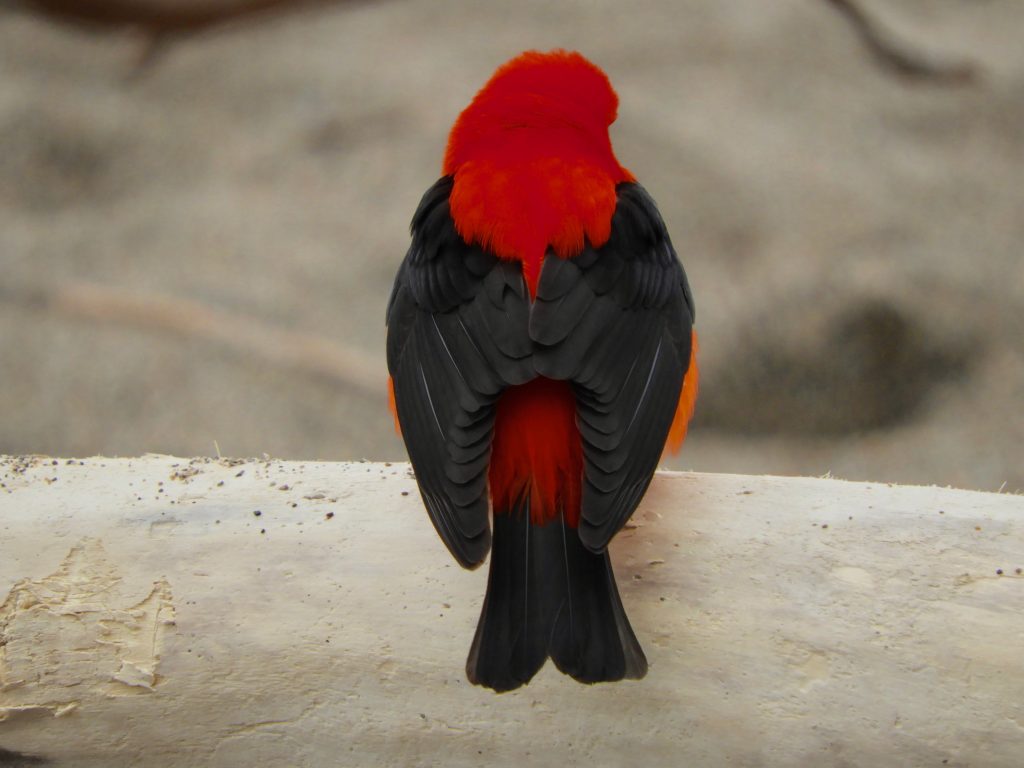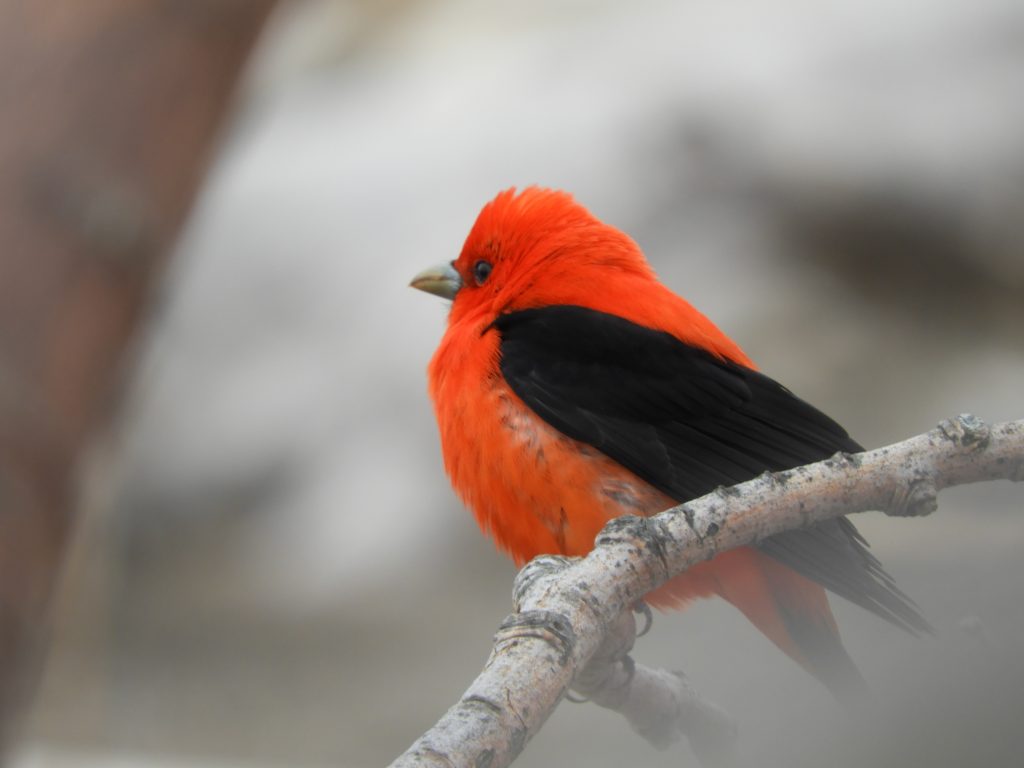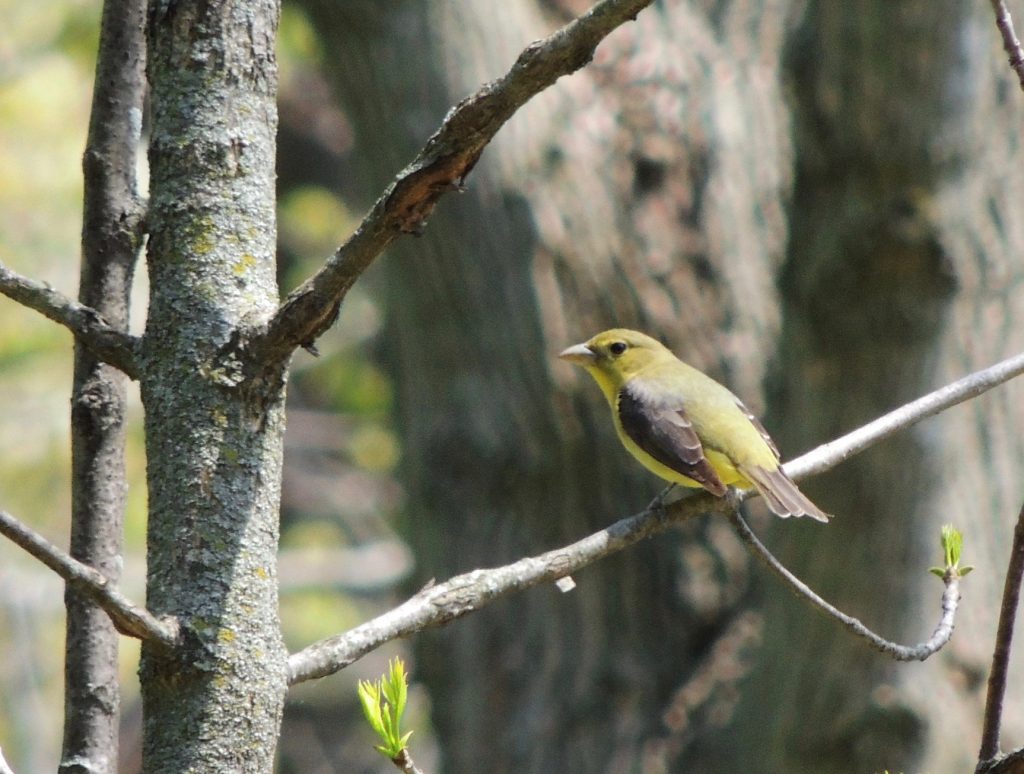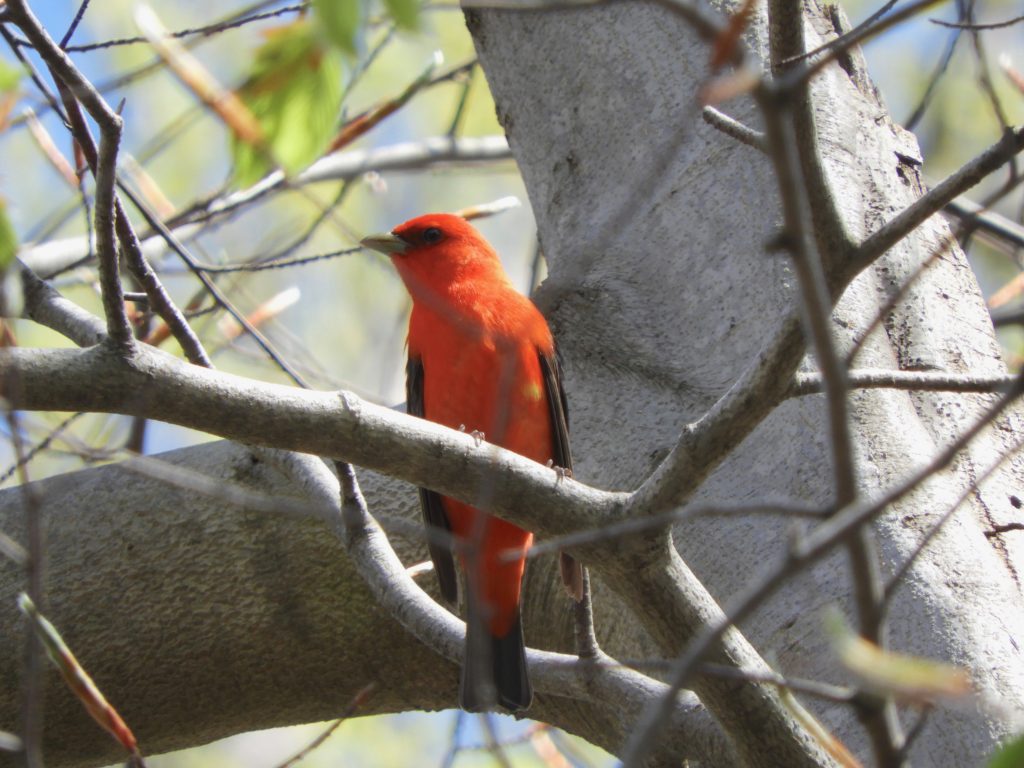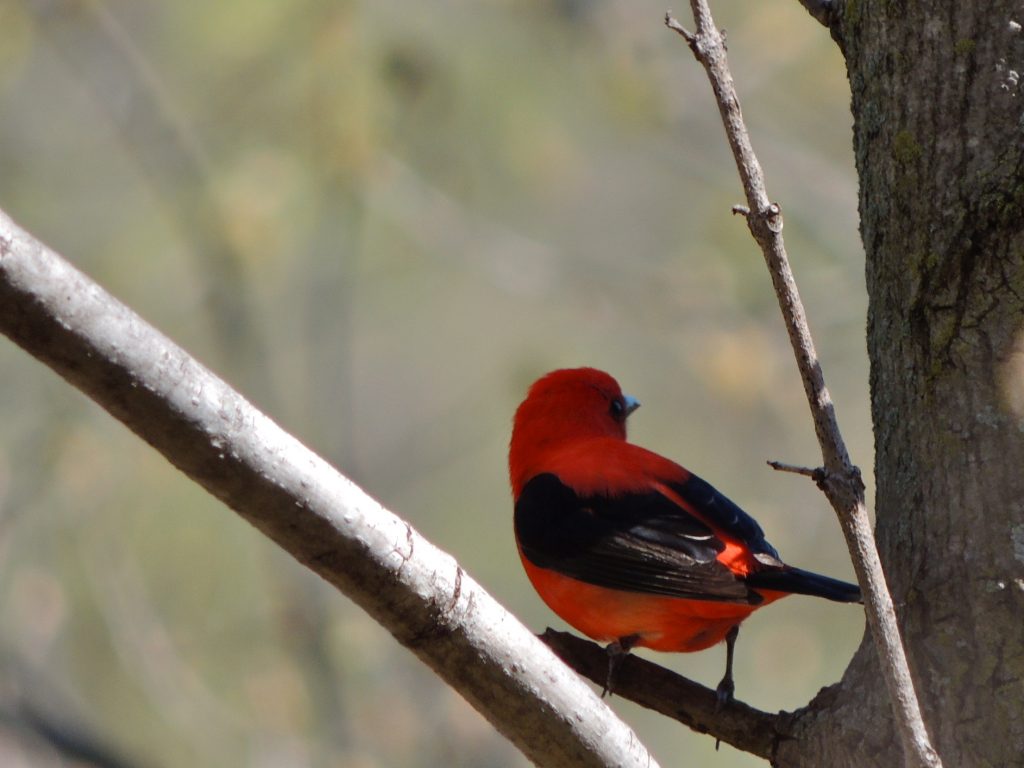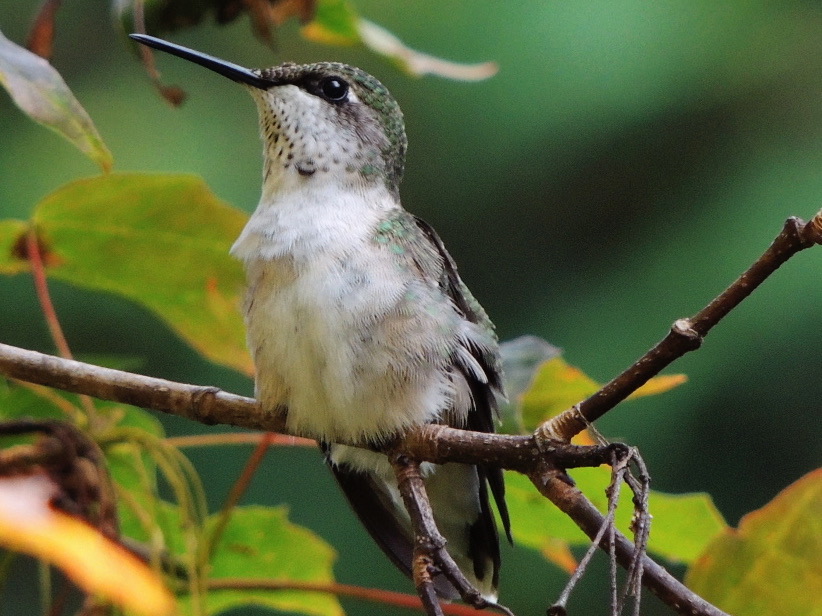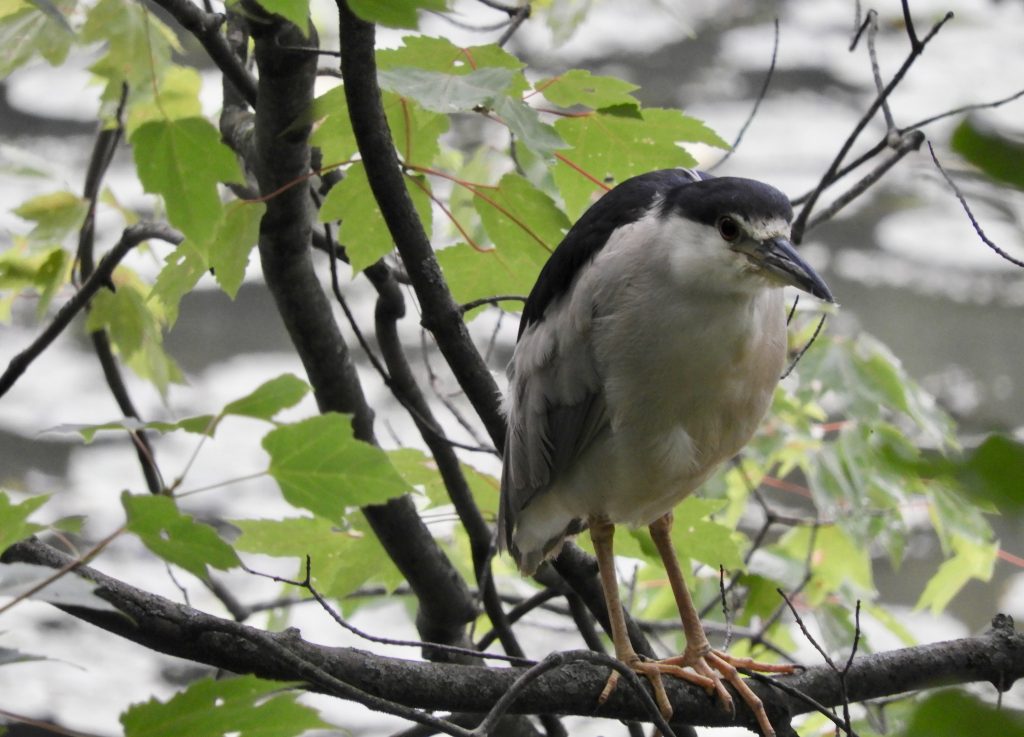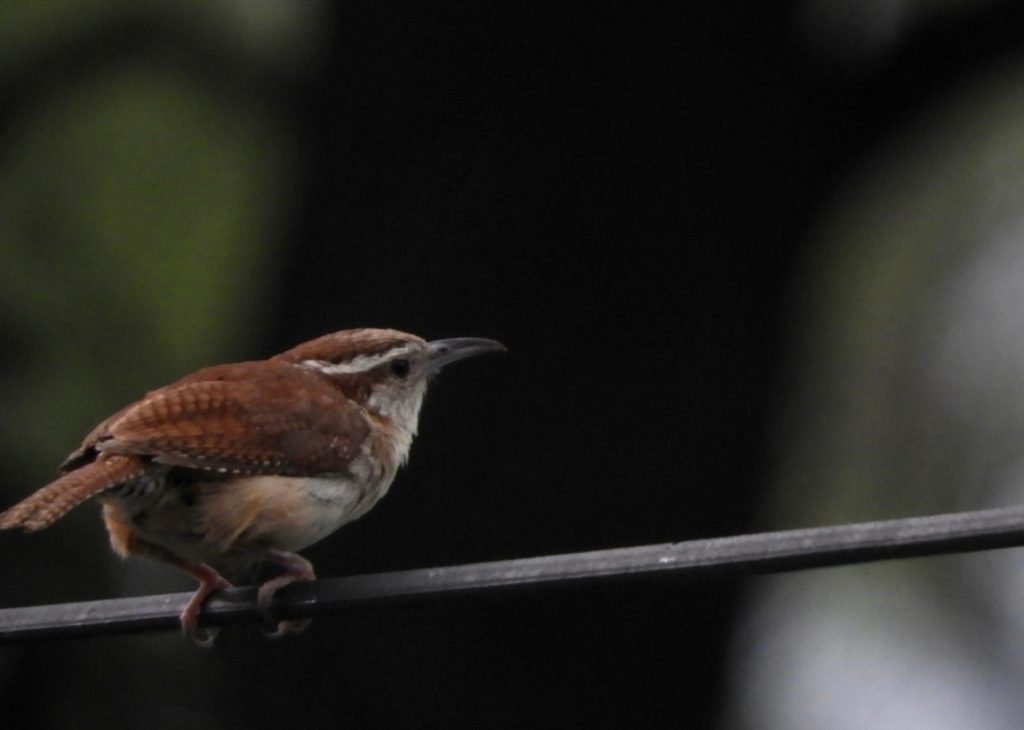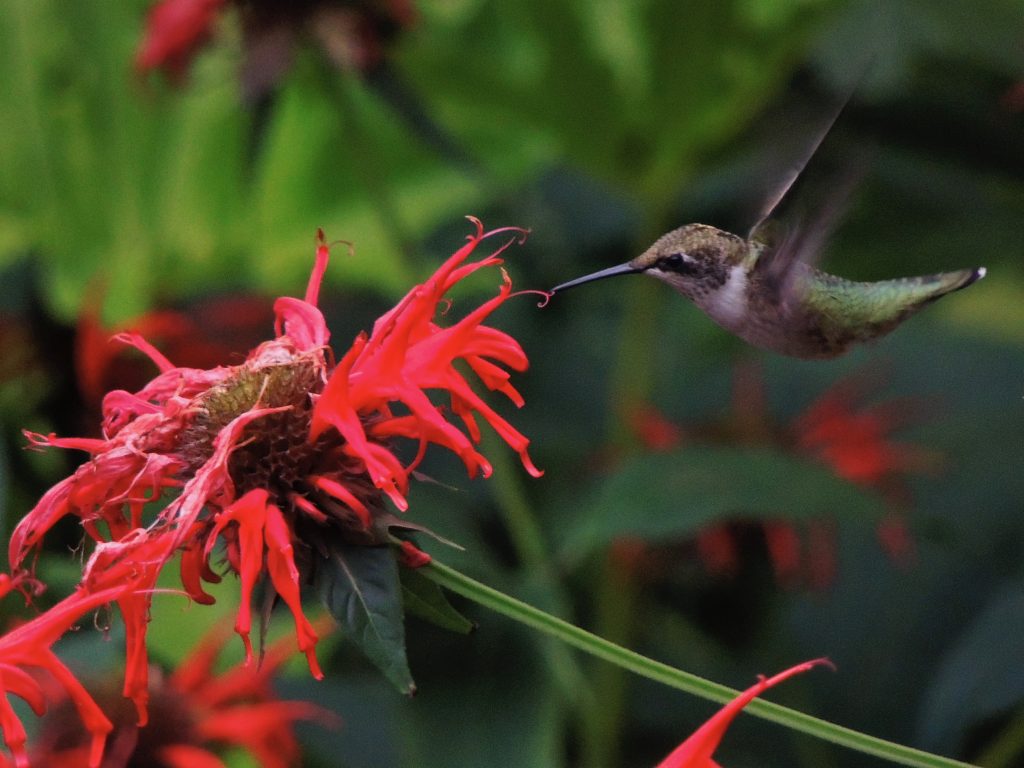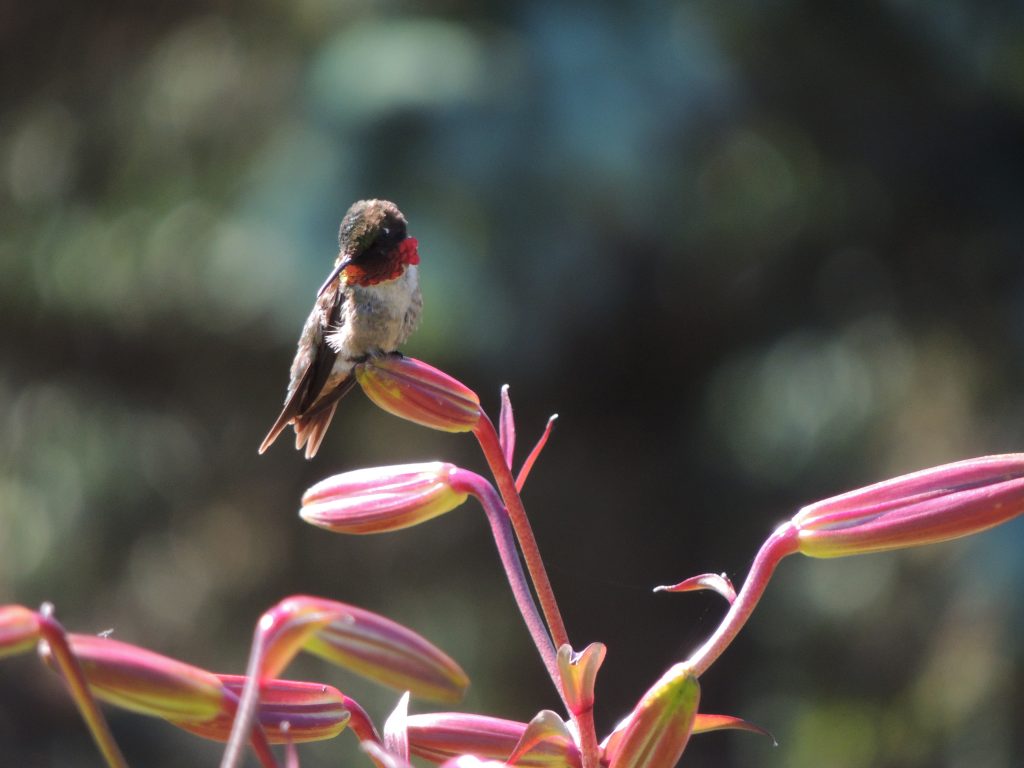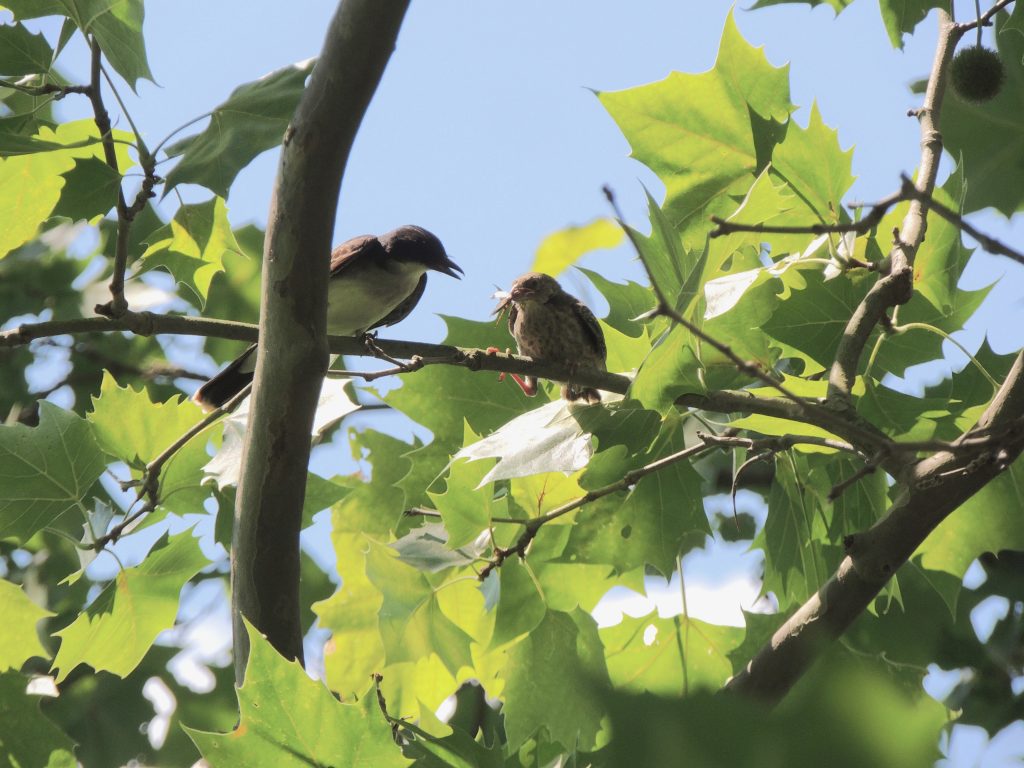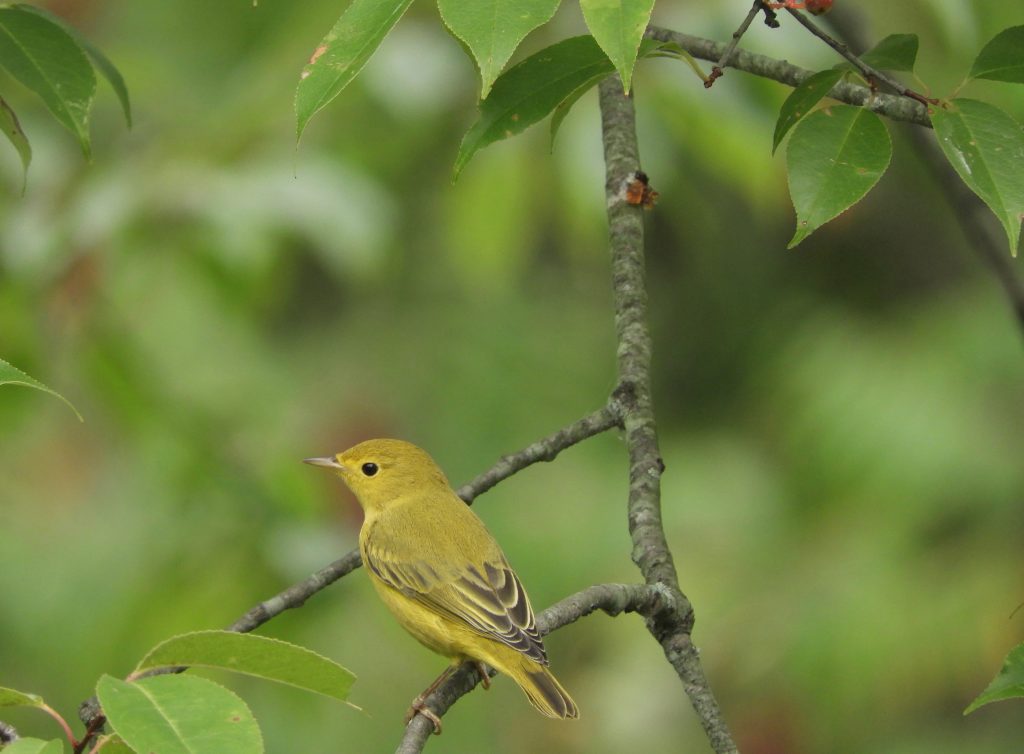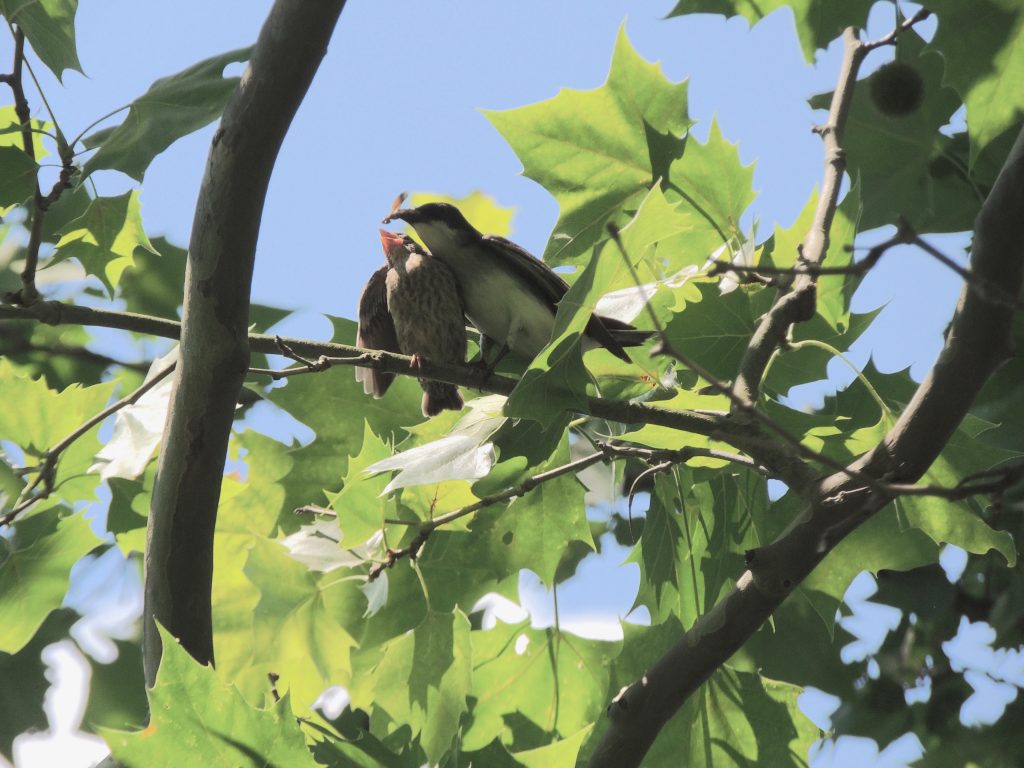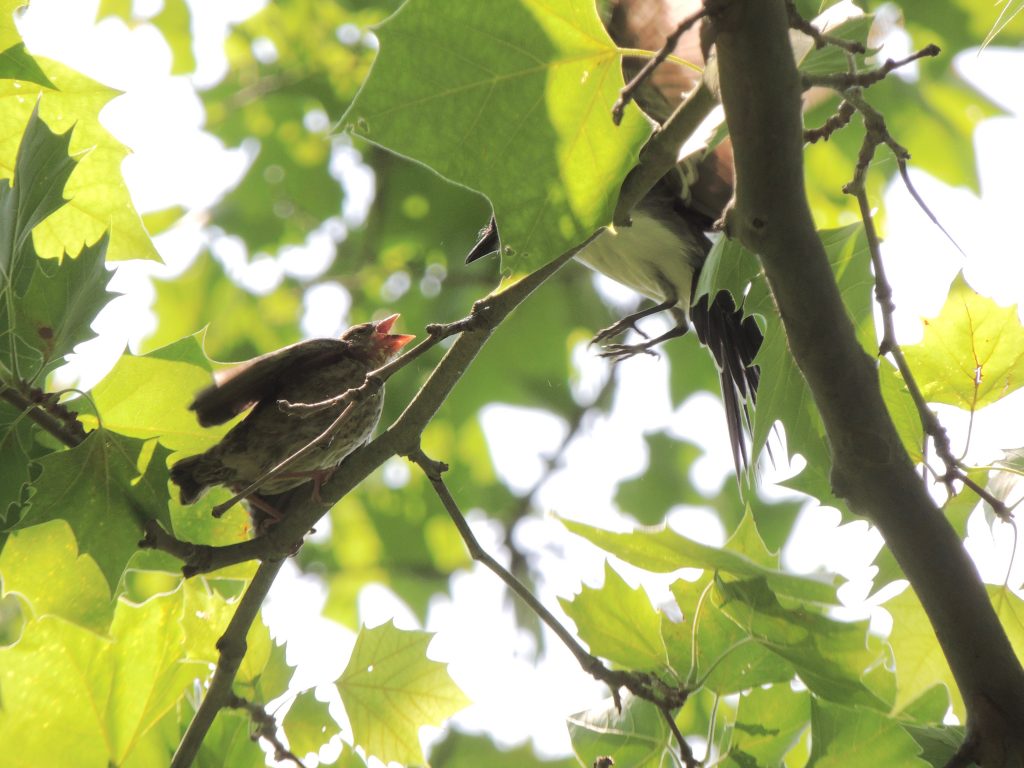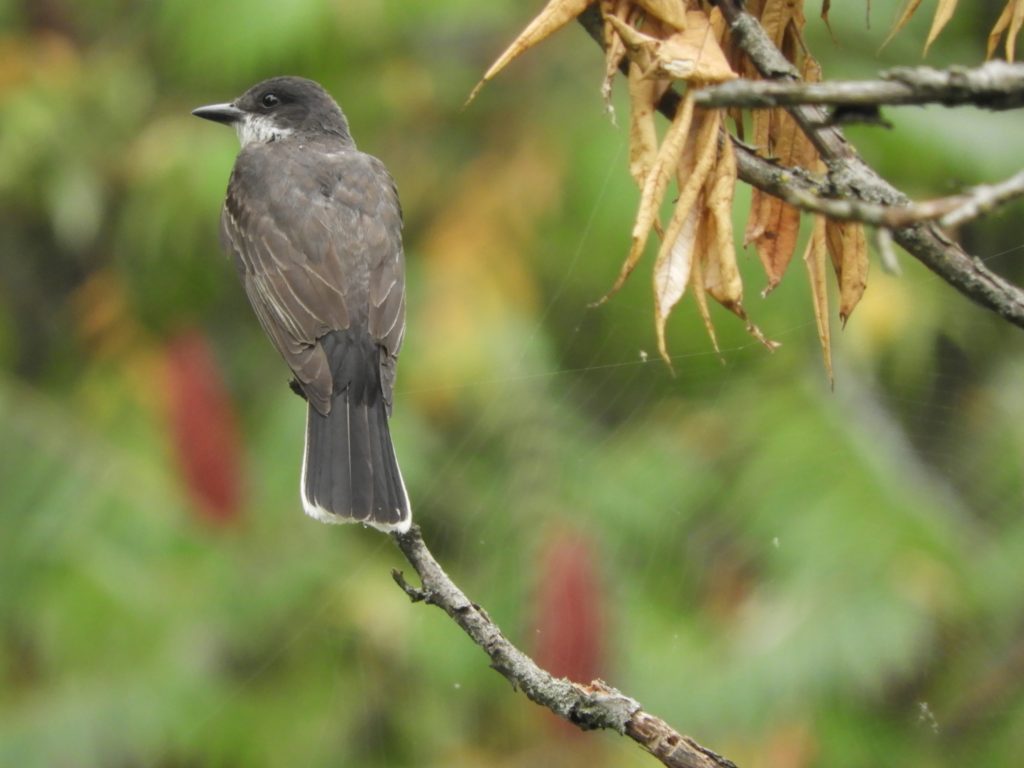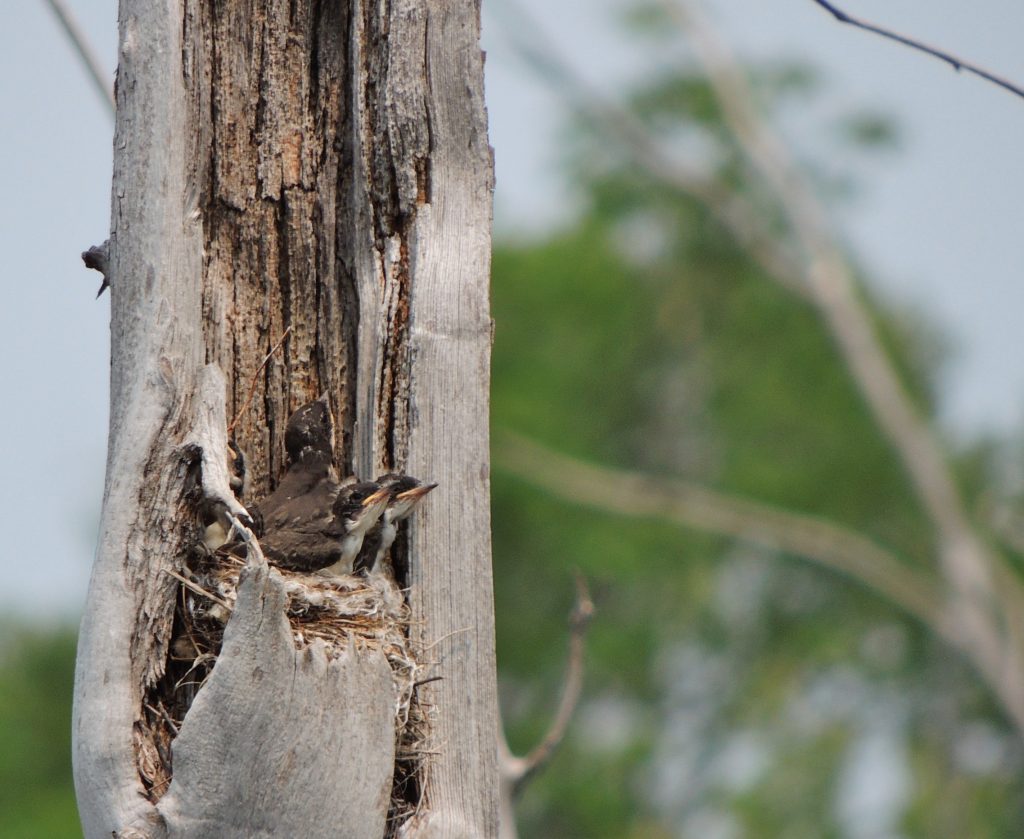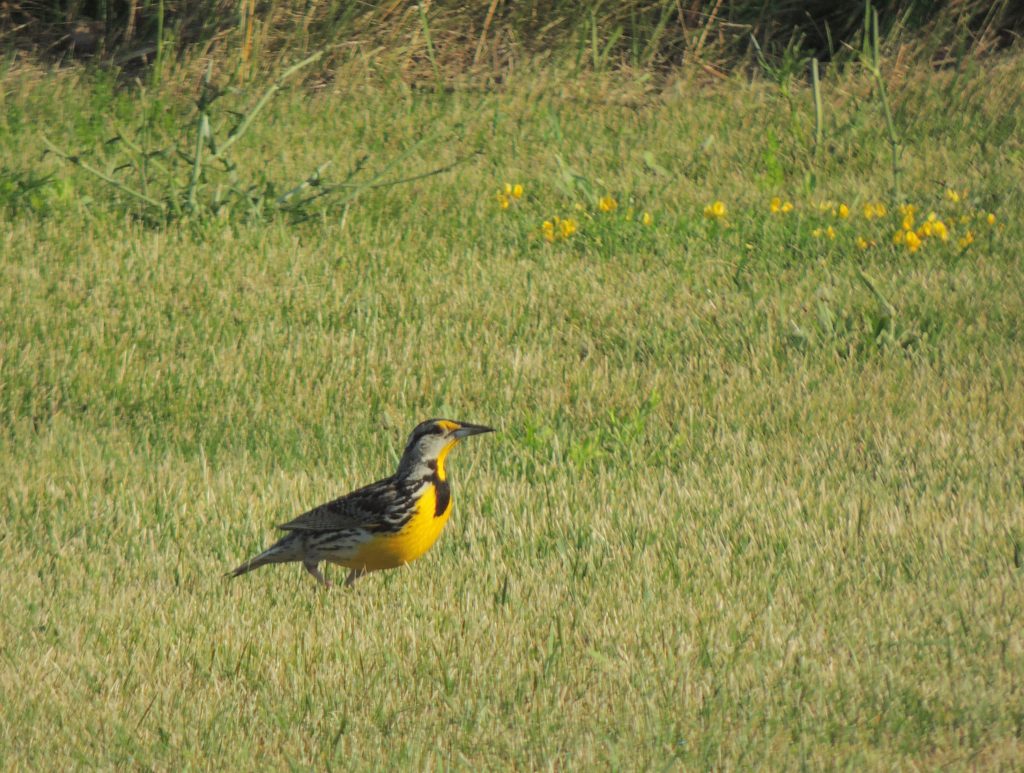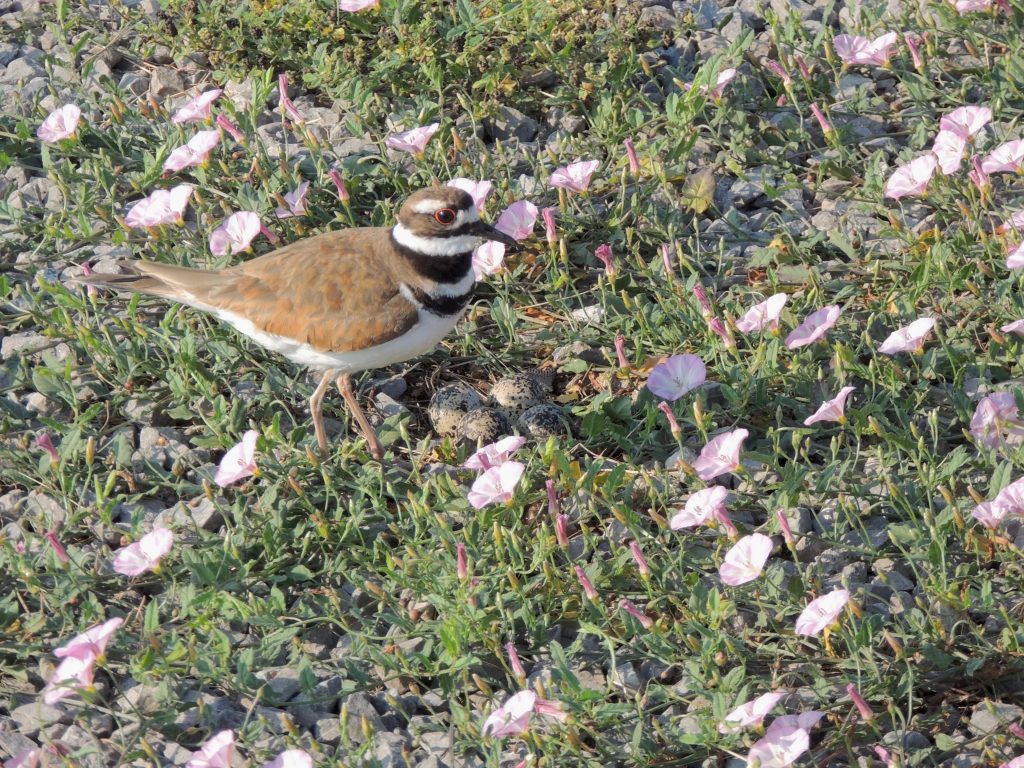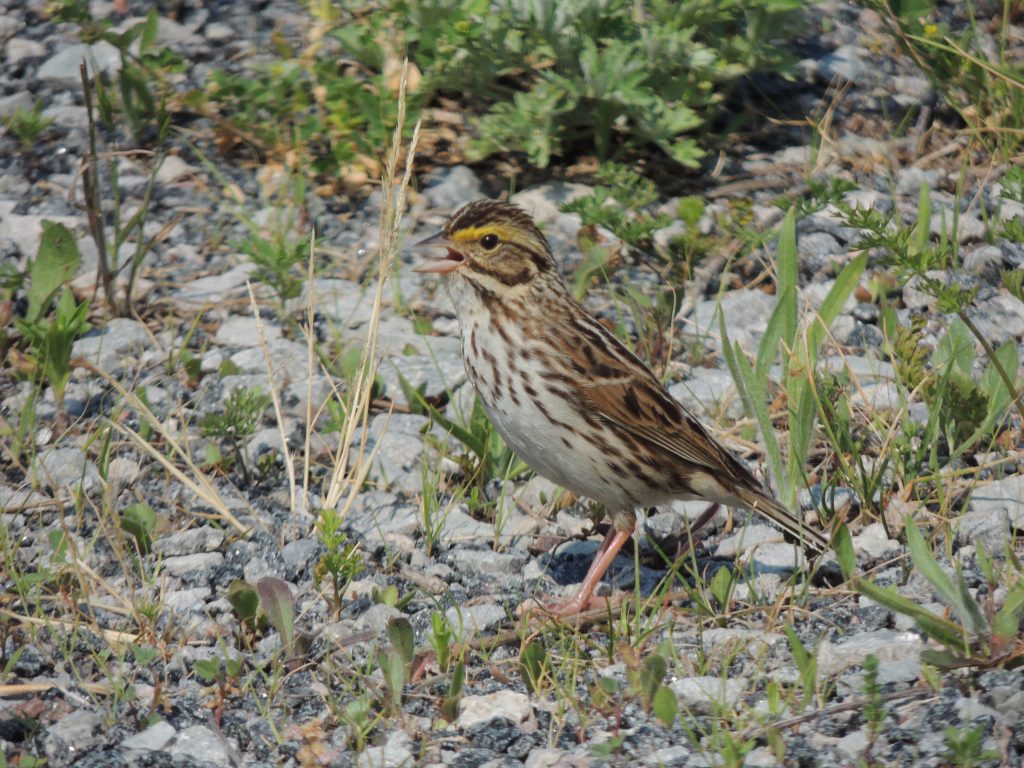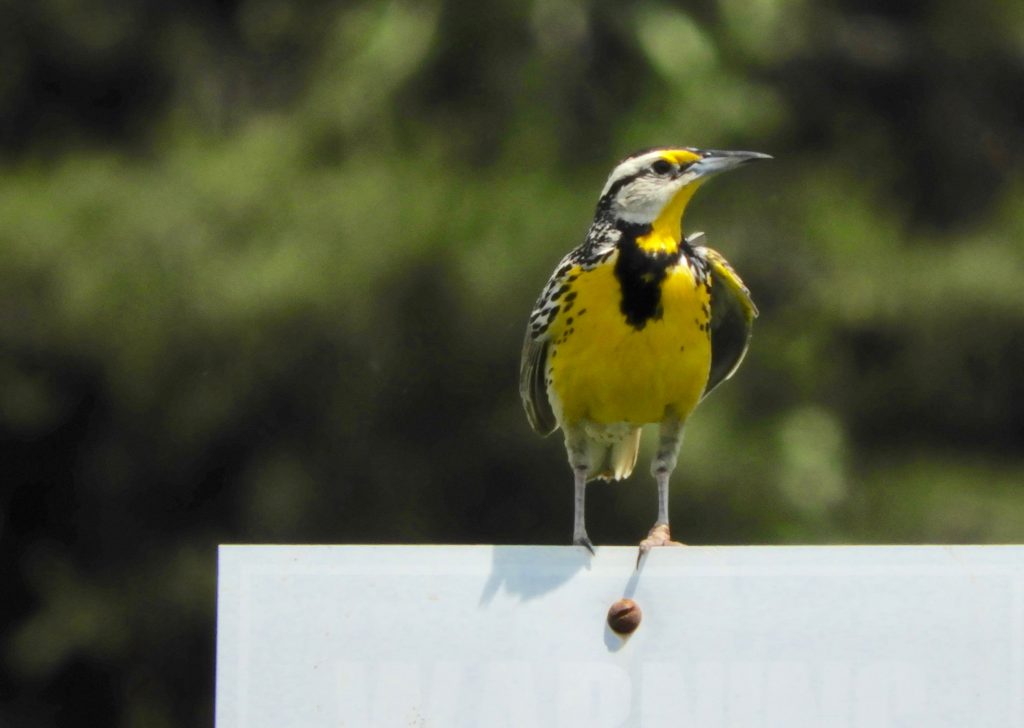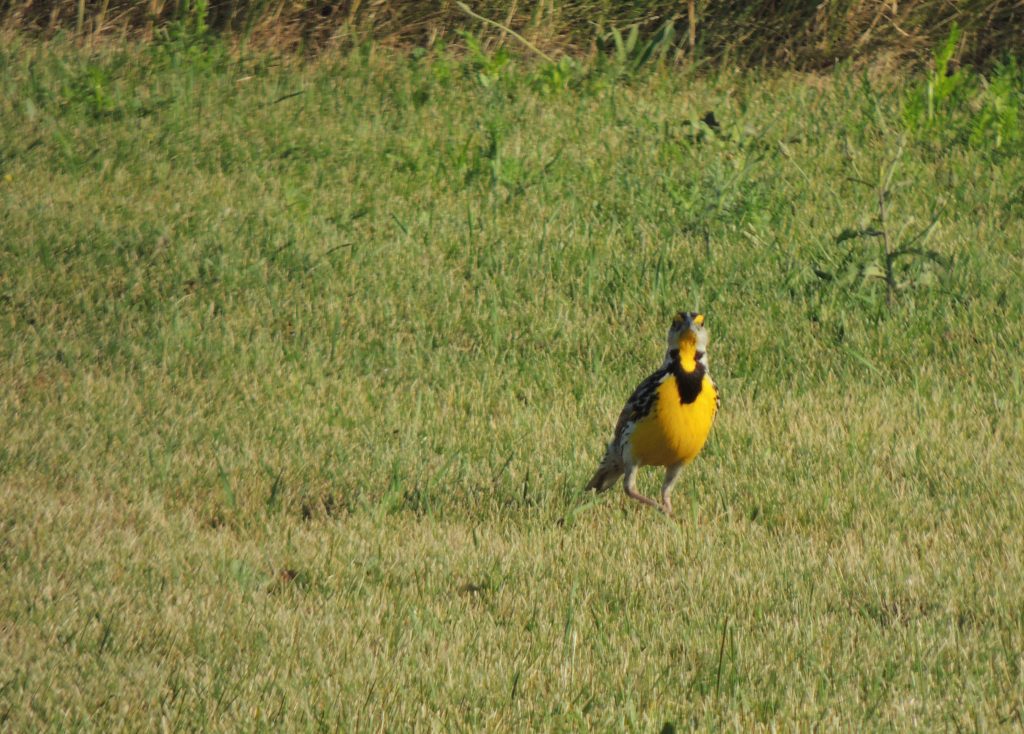Marsh boardwalk, Royal Botanical Gardens, Hamilton ON. July 31.2021. A change to cooler weather followed a stretch of warm and rather humid days and the freshened air inspired me to walk a few familiar waterside trails. It was time well spent with several interesting bird encounters and, importantly, a couple of quite different moments too: The first, discovering a small stand of Cardinal Flower along a drying watercourse, and second, the flypast of an Avro Lancaster, one of only two still flying in the world. It is as old as me and in about the same condition I think.
I lingered at the look-out terminus of a boardwalk that leads out across an expanse of cattails. A scattering of kayakers, the rattling sound of a Marsh Wren song, and a couple of Caspian Terns patrolling the waterway made for an interesting yet peaceful stopping spot. I made myself comfortable and waited to see what would turn up.
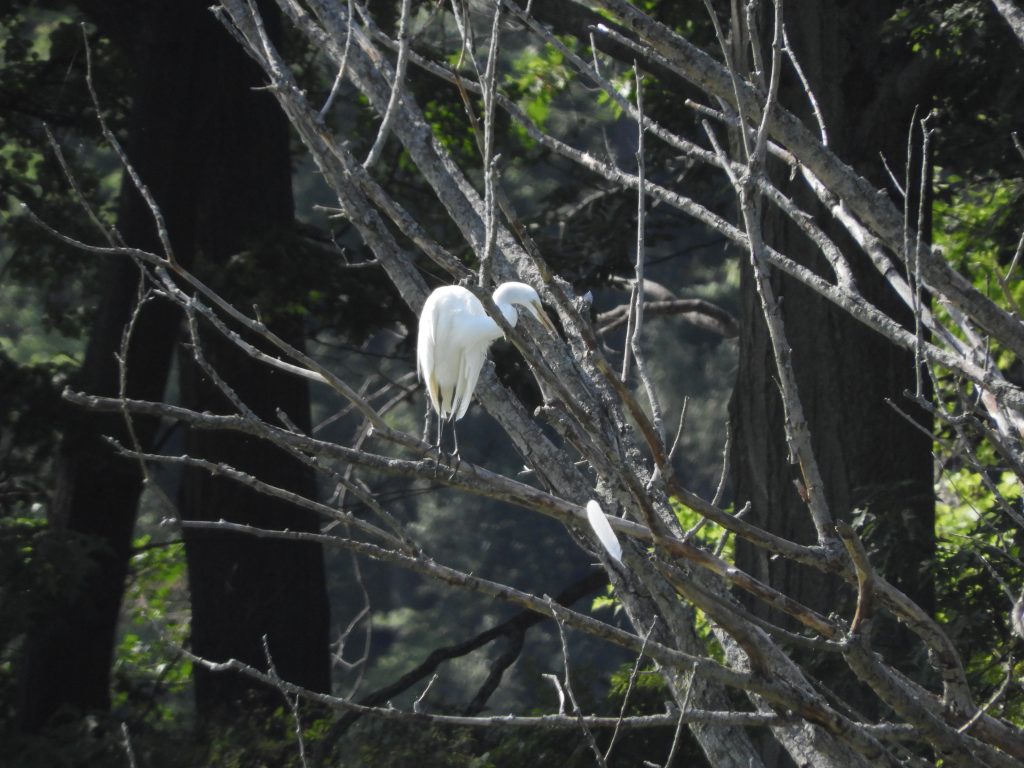
What I hadn’t at first noticed was a Great Egret perched in a faraway tree, it was preening intently and I captured the moment it discarded a flight feather that had obviously served its purpose. In time, another Great Egret appeared and settled quietly much closer to me at the water’s edge, however the first one, the preener, took exception to the interloper and launched a silent attack, drove off the newcomer and went back to its feather work, this time settling near a Great Blue Heron who acknowledged its arrival with a lazy gaze.
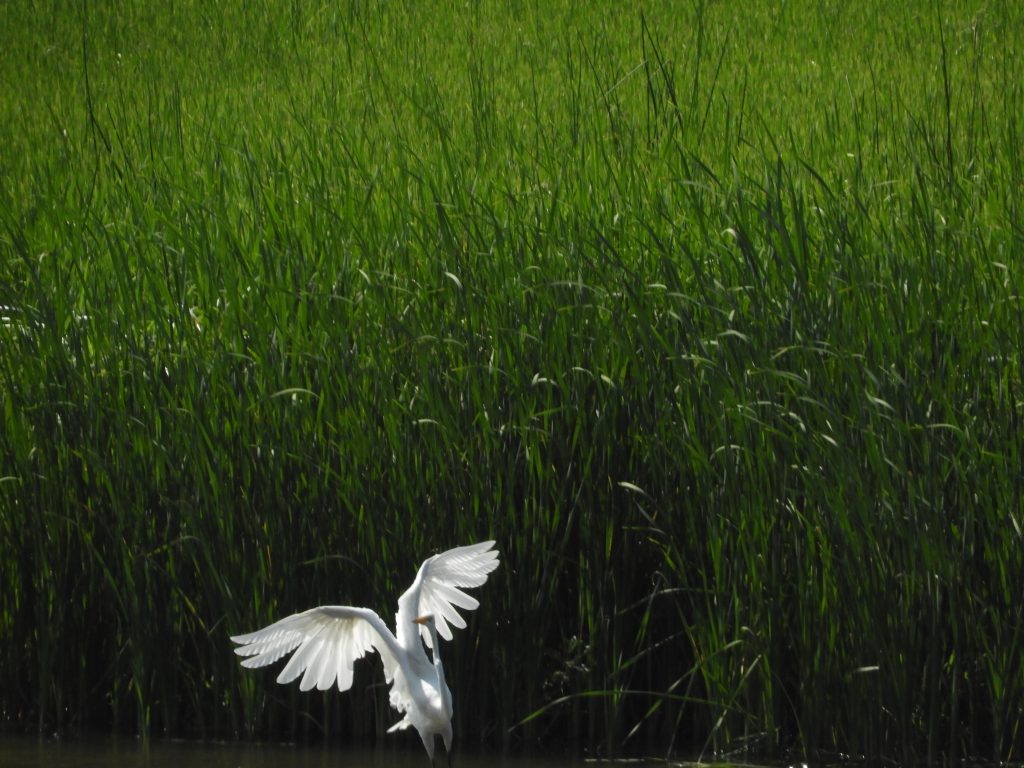
There were other sightings on this comfortable morning, a Coopers Hawk soared across the marsh putting to flight some of the smaller birds and in the distance two Bald Eagles soared around and over the site of this year’s nest. Then, as I made my way back along a woodland path, I disturbed an Indigo Bunting family, adult parents and fledglings. The adult male in breeding plumage is spectacular, but the female and young are as plain as can be as this photo of one of the fledglings shows.
There was little about this morning’s watching that I haven’t enjoyed before but the Great Egret, Defender of the Place, added a bit of drama and was my Bird of the Day. (Arguably the Lancaster too, but it’s in a different league of birds.)
